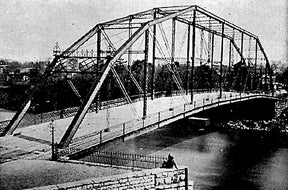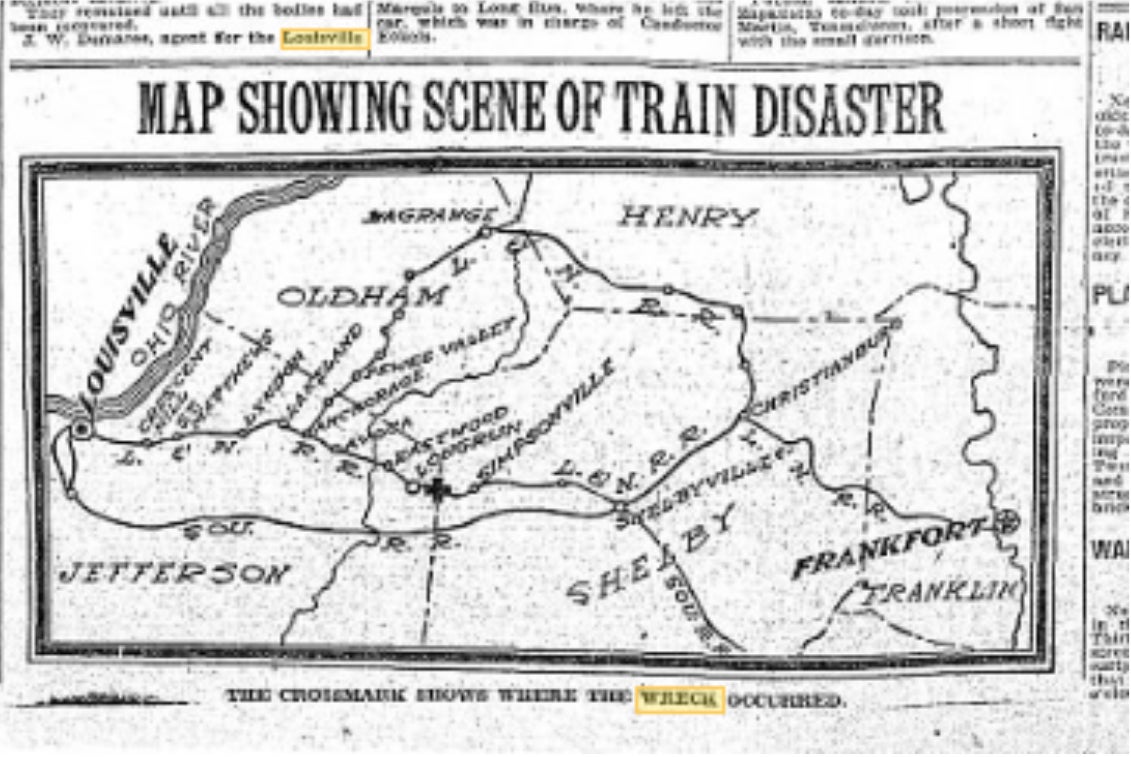By Roger Barlow,
Linking Historic Downtown Frankfort to its neighborhood to the south is the beautiful bridge over the Kentucky River known affectionately as the “Singing Bridge” due to the metal grate flooring. The 125-year-old motorcar/pedestrian passage has endured several facelifts over the years. However, with its many years, it has unfortunately lost much of the original, elegant Victorian and Gothic detail.
Before the iron bridge that we know today, were various wooden bridges that were indeed quite impressive for the expanse required. However, these bridges were certainly not “singing” unless a crossing pedestrian chose to whistle a song.
Nevertheless, the era of wooden bridges was waning at the end of the nineteenth century, as the United States War Department took control of many waterways (including the Kentucky River), to be replaced by their much more substantive iron counterparts. They deemed the wooden St. Clair Street bridge not high enough clearance for possible water traffic. Had the bridge sang at that point, a funeral dirge would have been appropriate.
The General Assembly directed the City in 1890 to construct a “modern” iron bridge. The prestigious King Bridge Company of Cleveland, Ohio won the contract.
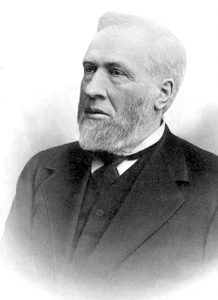
Zenas King (Photo submitted)
Zenas King (1818—1892) founded the King Iron Bridge & Manufacturing Company in 1858 due to a mid-life career change. It was a true family affair, with sons and many other family members keeping the company successful and growing until its demise in 1922 at which time it had morphed into the more simplistic King Bridge Company. Zenas was a true visionary, patenting his designs, and knew the power of publicity.
Interestingly, the 1870 U.S. Census of Cleveland, Ohio, indicates that Zenas King was neighbor to John D. Rockefeller. However, the bridge builder’s home was quite grand compared to that of the crude oil man.
The 410 foot Pennsylvania truss bridge, completed in 1893 at a cost of less than $66,000, was a masterpiece of design for not only its time but also for its lengthy span. Its portals adorned with breathtaking Victorian finials and cresting. Its walkway fencing was in an elegant Gothic design. King bridge plates at each entrance likely indicated the year completed, the King Bridge name and local committee members of the time giving thanks for a “job well done.”
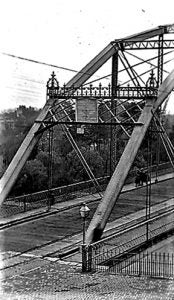
This photo shows the Singing Bridge in 1894. The bridge was constructed in 1893. (Photo submitted)
Currently, the bridge is a shell of her grand past. The modernization efforts over the last 100 years (barring the mesh flooring) have stripped the Grande Dame of her dignity. Chain link fence stands where gothic fences once were. Railing around the entranceways is institutional. On the St. Clair entrance, the area to the right of the entrance has the original, albeit mangled fence (differing from the side walkways Gothic fence). A 1950’s era stone flowerbed is unsightly at best. The elegant four-sided finials and cresting remained in place until at least 1911. Records indicate that refurbishing occurred in 1921. Is this the year we stripped the Lady of her jewels?
Open grate flooring replaced the solid flooring in 1937 creating the “singing” effect we experience today.
Downtown Frankfort Inc. added a plaque and lighting for vehicular benefit in 1992.
For the future, I dream that the Victorian finials and cresting should be reinstalled, perhaps with a more practical lightweight duplicate.
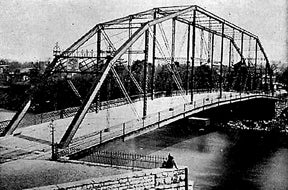
The Singing Bridge was featured in the King Company’s Boston sale catalogue. (Photo submitted)
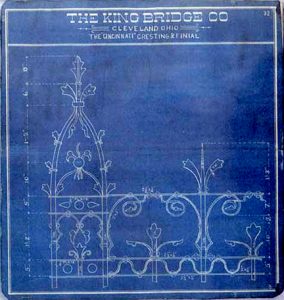
The original draftsman plan indicated the most likely fretwork selected. (Photo submitted)
Possibly replace the tangled and cheap chain link with the original Gothic design. Frankfort is indeed lucky to have its King Bridge as thousands nationally have found their way to the scrapyard.
Colorful uplighting could put the Lady back in the spotlight she so deserves.
As Frankfort embarks on a new vision, let us not forget the structures we currently have. With strategic changes and a nod to the historic original, the grand appearance is something residents, and visitors to our Capital city will marvel over; the Grande Dame could sing with pride.
Zenas King would approve.
Some content for this article is from the King Bridge Company website, www.Kingbridgecompany.com, with permission from Allan King Sloan (great-great- grandson of Zenas King).

